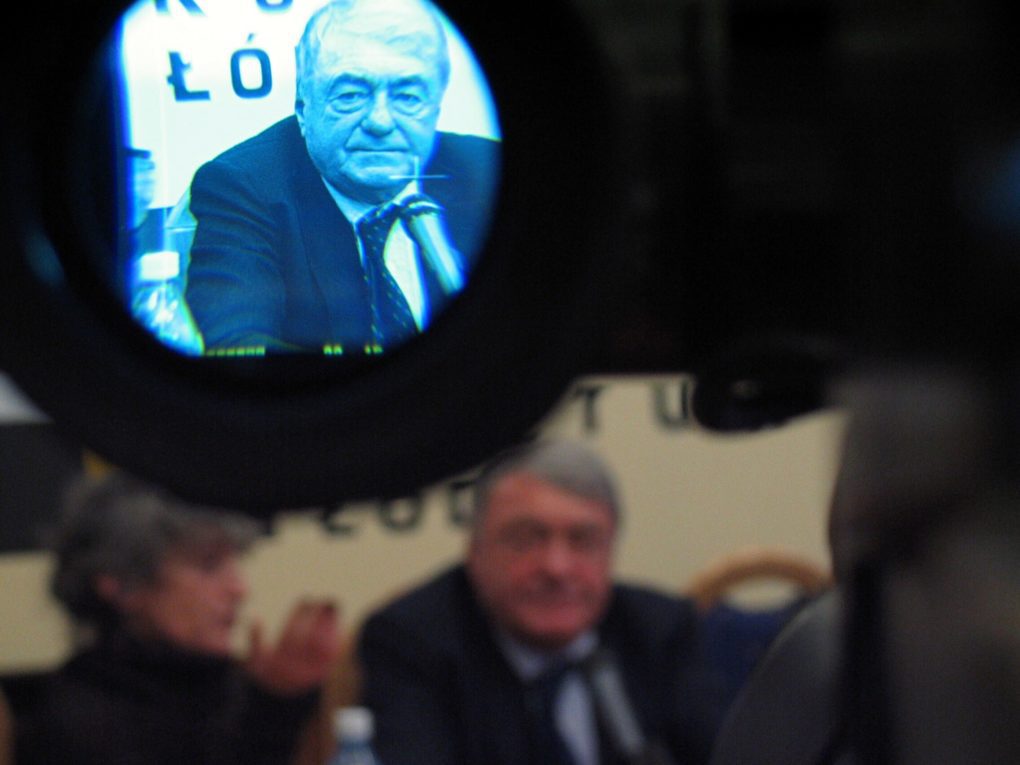Released in 1985, the epic Holocaust documentary Shoah won critical acclaim and several prominent awards. The film is now being reevaluated, however, not least the way it deals with Poland’s Holocaust experience.

Released in 1985, the epic Holocaust documentary Shoah won critical acclaim and several prominent awards. The film is now being reevaluated, however, not least the way it deals with Poland’s Holocaust experience.
Claude Lanzmann’s 1985 nine-hour documentary film Shoah consists only of interviews. There is no arrival footage, no musical background and no narration.
Lanzmann stressed what he called the topographical character of the film, with a lot of time spent silently panning empty fields, forests, or camp remains. This was, he said, meant to combine knowledge of past events with an experience of space. The film was supposed to become a “new form” that would tell a different story about the Holocaust. Lanzmann called it “a fiction of the real”, allowing the viewer to experience the film as an event in itself.
The key role in the film is thus played by conversation and descriptions of the Holocaust as remembered by the witnesses, perpetrators and bystanders. It does not aim to reveal new facts, but to bring up imagination, symbols, desires, images and interpretations, for all involved, including the viewer. The aim – he said – was to create an impression of an entanglement of two orders in one place – “here and now” and “there and then.”
The words of the witnesses are interpreted on the spot from Polish, Yiddish and Hebrew into French. In the subtitles, both French and English, some sentences are skipped and the plurality of voices is sometimes lost, the result being more of a summary than a translation.
The speakers sometimes engage in conversation on the side, comment on the situation of the interview in various ways.

Leave a Reply